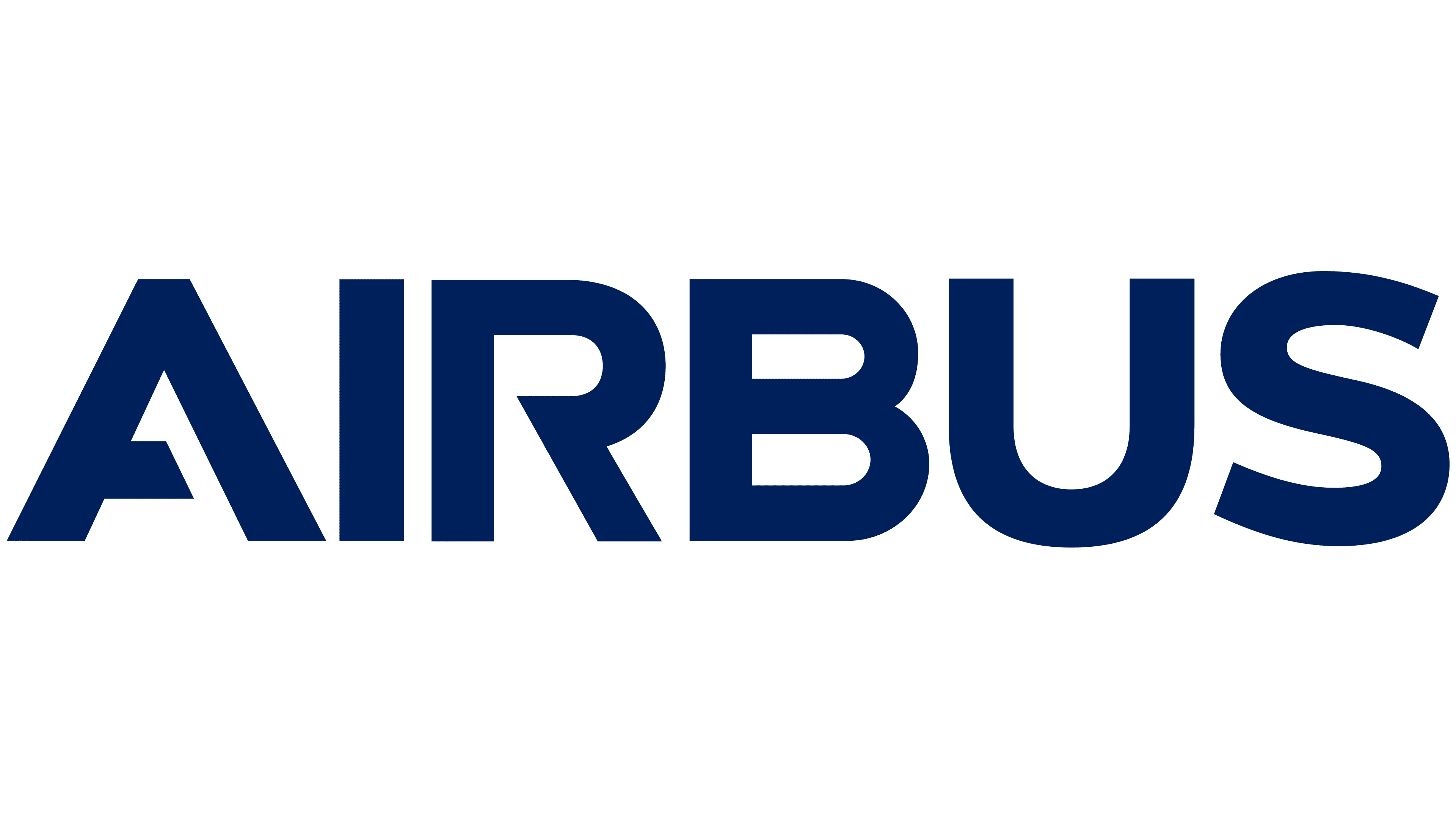Alternative Adhesives for Automated Insert Fixtures on Spacecraft
The iX challenge competition, delivered by Innovate UK KTN, is supporting Airbus to identify innovative adhesives that can be used to adhere insert fixings to Satellites. The business(es) with the most promising solution(s), as selected by the challenge owner, may be given a commercial opportunity to deliver their solution and receive support from Innovate UK KTN and the wider Innovate UK network.
Opportunity
Challenge opens
11/12/2021
Challenge closes
11/02/2022
Benefit
Background
The Innovation Exchange programme is working alongside Airbus to help them identify innovators with solutions to replace existing adhesives used to install and maintain the fixing of inserts on satellites with a potting adhesive that lends itself to an automated process (please note the automation process is excluded from this challenge).
Introduction
Satellites are constructed with complex electronic and mechanical components that must withstand the conditions of a rocket launch and then operate in space, without maintenance, for usually 18+ years. A typical telecommunications satellite comprises of the spacecraft bus (which is the primary spacecraft structure containing power, temperature control and directional thrusters) and the communications payload (which receives, amplifies and retransmits the signals over a designated geographic area). To connect panels and attach equipment, specialist fixings have to be drilled and adhered into casings using a potting process. Once in place, fasteners can be installed in the inserts and tightened to form a strong attachment, critical for all the stresses induced through ground-based loading events, launch vibration and temperature cycles in space.
Satellites that are not in geostationary orbit can travel around the planet several times going through the light phase where temperatures are high to the dark phase where temperatures drop rapidly well below zero. Adhesives will need to manage thermal cycling effects.
All satellites experience severe temperature changes throughout their life, to temperatures well above the boiling point of water to extreme sub-zero temperatures, depending on their exposure to direct sunlight. Various different missions may experience these temperature cycles several times in a single day. Adhesives will need to have minimal mass due to the expensive launch cost per kilogram, whilst performing effectively under frequent and many temperature cycles in orbit.
Rationale
Selecting the right adhesive for space applications is extremely important, largely due to high vacuum (10-8 Torr), and temperature variations, resulting from the spacecraft’s exposure to direct sunlight. A key consideration is the outgassing property of these adhesives. Any outgassing might lead to contamination of electronic or optical components, which can have a drastic impact on the optical properties of the system. The current adhesive is applied manually, and Airbus would like help with this challenge in identifying innovative organisations who are using or developing specialist adhesives in other sectors that could potentially be applied to an automated process of potting the fixings with adhesives with similar or better properties. The existing adhesive has significant heritage for the manual process however is not suited to automation due to complications associated with three-part mixes.
Adhesives also need to be free from air pockets as during dynamic loading during ground testing and launch, voids act as stress concentrations that can lead to failure whilst in space – the temperatures and lack of pressure can cause stresses that can lead to these voids initiating fractures in the pot (foaming adhesives are an exception here, maximum allowable intentional void diameter is 1mm. Current potting compound composition varies depending on micro balloons in compound. (Potting is the diameter and depth of the hole).
Scale of the Problem
There are many different types of inserts used on satellites, an example of a typical blind insert is shown in Figure 1. There are 64 different types of inserts in different sizes requiring different volumes/amounts of adhesive per cavity. Panels vary in thickness and inserts have different diameter heads meaning the depth and diameter of cavities varies depending on the thickness of the panel, therefore the quantity of adhesive per cavity is also variable. The potting of adhesive is extremely time-consuming, and Airbus would like to move to a faster, automated process of applying adhesive. There are very few instances where they would still do manual potting. The first part of moving to automation is to develop an adhesive that can be injected or applied by a non-manual labour intensive and consistent method into these cavities for the pots, ensuring it can perform to the same level as the existing adhesive. An appropriate test will be done by Airbus to ensure any suggested material meets or exceeds the existing material. Once the adhesive has been tested and verified, automation can then be developed for all the different scenarios in use.
This challenge is brought to you by:


